Pregnenolone: The Forgotten King of Hormones.
Once studied as a miracle compound, now erased from mainstream medicine. Here’s why they abandoned it and why your health depends on knowing the truth.
Pregnenolone is the master gear of your hormonal engine.
It sits at the top of the cascade, feeding testosterone, estrogen, progesterone, and cortisol like a river feeding every branch of your biology.
If this were a fair world, pregnenolone would be the crown jewel of endocrinology.
Why?
It’s safe, it works, and it’s foundational. Yet it was quietly buried like a golden key left to rust while men were handed prescriptions that manage symptoms instead of restoring real hormonal strength.
How did that happen?
Because (sadly) modern medicine isn’t designed to reward cures. It’s designed to reward patents. And pregnenolone is too simple, too natural, and too effective to make Wall Street happy.
This isn’t just history. It’s a mirror of today: men with fading testosterone, chronic fatigue, and collapsing resilience being told they’re broken, when in reality, their master switch has been forgotten.
What follows is an investigation (part science, part scandal) into why this molecule disappeared, and why reclaiming it could be the edge you need in an age of chemical chaos..
The Patent Problem
Drug companies don’t make billions selling what anyone can make.
A good is example is Testosterone. It can be modified using esters, gels, patches, and long-acting injections.
Each chemical tweak meant a new patent, and each patent meant 20 more years of monopoly pricing. Pharma turned testosterone into a pharmaceutical franchise.
Pregnenolone?
Not so lucky.
By the time chemists cracked its structure in the 1930s, the genie was out of the bottle. The recipe was public. No exclusivity and no guaranteed profits. Any lab with the equipment could make it.
And here’s the uncomfortable truth: in medicine, a molecule without a patent might as well not exist.
Imagine two gold bars: one locked in a vault with a deed that says “Property of Pfizer,” the other lying in the street for anyone to grab. Which one gets insured, protected, and marketed to the world?
Pregnenolone was the second gold bar.
It didn’t matter that it was safe. It didn’t matter that it worked. What mattered was that nobody could own it. And if no one can own it, no one will spend billions proving its value.
That’s how Pharma’s incentive machine works: no patent, no profits, and no promotion.
The Science They Couldn’t Sell
Pregnenolone isn’t just another hormone. It’s the parent currency of your entire endocrine system. A raw material your body can spend on testosterone, estrogen, progesterone, or cortisol depending on the day’s demands.
That flexibility is a masterpiece of biology. But to drug companies, it’s chaos.
When you give someone pregnenolone, it doesn’t just become “one thing.” It fans out into dozens of metabolites, each affecting different tissues. One person feels sharper focus, another feels calmer, another feels nothing at all. That’s brilliant for restoring balance. But for Pharma, it’s a nightmare.
Because Pharma doesn’t sell balance. Pharma sells single-variable outcomes.
Testosterone is easy to package:
One receptor (AR)
One deficiency state (low T)
One obvious “before and after” marker
Pregnenolone resists that model. It’s like trying to patent sunshine: too many variables, too many benefits, and no clear metric to spin into a blockbuster drug.
Clinical trials need simplicity: a straight line from drug to effect to profit. Pregnenolone is a spiderweb. A thousand threads pulling at once.
And in the world of pharmaceutical R&D, complexity isn’t exciting. It’s expensive.
It Got Outcompeted
Pregnenolone’s fall from grace wasn’t because it failed. It was outgunned.
In the late 1940s, researchers tested pregnenolone for rheumatoid arthritis. Results were promising. But then cortisone arrived which was faster, flashier, and most importantly, patentable.
Pharma didn’t need “promising.” It needed profit. Pregnenolone quietly exited stage left.
At the same time, testosterone marketing went into overdrive. “Low T” became a cultural diagnosis and a commercial goldmine:
Millions of men with measurable symptoms
A lifelong prescription model
An endless carousel of patentable delivery systems
Pregnenolone never had that built-in demand engine. No billion-dollar ad campaigns. And no catchy diagnosis to justify lifelong prescriptions.
It was simply a hormone that restored balance. And in medicine, balance doesn’t sell. Drama does.
The Final Nail: Supplements
Pregnenolone’s pharmaceutical death warrant came in 1994.
That year, the Dietary Supplement Health and Education Act (DSHEA) opened the floodgates for over-the-counter hormones and botanicals. Pregnenolone went from “potential drug candidate” to “vitamin aisle oddity” overnight.
Once a compound is classified as a supplement, no boardroom is going to spend $200M+ shepherding it through FDA approval. No patents, no exclusivity and therefore, no monopoly pricing.
For Big Pharma, that’s a dead end.
For you? It’s a loophole.
The same molecule pharmaceutical companies abandoned is still legal, inexpensive, and available without the red tape that turned testosterone into a billion-dollar business.
Pregnenolone didn’t vanish because it was useless. It vanished because it wasn’t profitable.
The Irony: The Safest Hormone Nobody Talks About
Here’s what’s really interesting: the hormone Big Pharma ignored might be the safest one you can take.
While testosterone, estrogen, and cortisol all carry well-documented risks like cardiovascular strain, cancer associations, immune suppression… pregnenolone’s safety record is almost boring:
Well-tolerated at doses up to 500mg/day in clinical trials
No liver toxicity (studies suggest it’s actually liver-protective)
Minimal, reversible side effects (mild restlessness or stiffness)
Even its major metabolite, allopregnanolone, is FDA-approved for postpartum depression (another stamp of its safety profile).
And here’s what most people don’t know:
Pregnenolone is manufactured using enzymatic conversion from diosgenin (a compound in wild yam). This process is cleaner and less chemically harsh than the industrial synthesis methods used for other hormones.
Instead of swimming through vats of petroleum derivatives, chloroform, or benzene like many synthetic steroids, pregnenolone is built with enzyme catalysis which is a precision process that minimizes chemical residues and lowers the risk of contamination.
In other words, the pregnenolone in your supplement bottle is:
Molecularly identical to what your adrenal glands produce
Free from the toxic baggage that plagues many pharmaceutical hormones
Stable, consistent, and remarkably “low-tech” compared to the chemical circus behind most drugs
The irony is almost poetic: Pharma walked away from a hormone with near-zero downside while doubling down on products that carry black-box warnings and billion-dollar liability lawsuits.
If It Could Be Patented Today…
If Big Pharma could lock up pregnenolone with a shiny new patent, it wouldn’t sit on dusty research shelves, it would be a billion-dollar blockbuster.
Because the strongest evidence for pregnenolone isn’t in “anti-aging” or vague wellness claims. It’s in hard medicine… brutal, high-stakes conditions where nothing else works:
Bipolar depression: 61% remission rates in controlled trials (numbers psychiatrists dream about).
Schizophrenia: Reducing negative symptoms that most drugs can’t touch.
PTSD: Helping combat veterans normalize their stress response after years of trauma.
Cognitive decline: Neuroprotection and memory preservation in aging brains.
Traumatic brain injury: Accelerated recovery in one of medicine’s hardest battles.
These aren’t fringe studies. They’re peer-reviewed, controlled trials with real-world impact.
But here’s the catch: none of this research will ever see a billion-dollar marketing campaign. No TV commercials and no glossy brochures in your doctor’s office.
Why?
Because you can’t sell exclusive rights to something that’s been in the public domain since the 1930s. And Big Pharma doesn’t fund revolutions it can’t own.
Pregnenolone is a Ferrari engine sitting in a scrapyard, not because it doesn’t run, but because nobody can slap a price tag on it.
The Takeaway
Pregnenolone didn’t fail because it was weak or unsafe. It failed because the drug industry is built to reward exclusivity, not effectiveness.
That’s why your doctor has never mentioned it.
That’s why it’s been sitting in supplement form for decades, quietly helping those who knew to look.
If testosterone is the soldier, pregnenolone is the general coordinating the entire hormonal army. But generals don’t win popularity contests.
And in a profit-driven medical system, popularity (not power) decides what gets prescribed.
What can’t be patented often turns out to be what can’t be replaced.
Should You Take It?
In my non-medical opinion, for most men, no.
Why? Because hormone dysfunction is rarely a pregnenolone deficiency, it’s a reflection of a broken lifestyle:
Chronic sleep debt
Processed food and nutrient depletion
Overtraining or undertraining
High toxic load and poor light exposure
Psychological stress grinding the HPA axis down
Fix these levers first, and 80% of hormone problems resolve without a single pill.
For the rare man who has optimized everything and still faces hormonal challenges, pregnenolone can help but even then, response is highly individual. Some men feel sharper and calmer. Others notice almost nothing.
That’s the real story: it’s not a silver bullet, and it’s not the villain the pharmaceutical industry made it out to be.
It’s a powerful lever, but one that belongs at the end of a very long chain of fundamentals.
When you see someone pushing pregnenolone like a magic hack, they’re selling shortcuts. And shortcuts are what got most men into this mess in the first place.
That’s it.
Got value from this post? Consider sharing it so other men benefit:
And if you have any questions or you want to add any value of your own to this topic, please leave a comment below so other men can benefit:
Thank you for your attention. See you in the next post.
— Simmo.
P.S.
If you’re over 40 and you want exact step-by-step process on how to feel 10 years younger by Thanksgiving using a proven testosterone enhancing system without TRT, you can grab the High-T CEO System here (only 18 copies left):
P.P.S
Disclaimer: This publication is opinion and consumer-education. It is not medical advice, diagnosis, treatment, or a substitute for care from a qualified clinician. Do not start or stop any drug or supplement based on this article. Speak with a licensed health professional who knows your history. This work is criticism and commentary on products and marketing. It reflects my views based on materials available at the time of writing and on sources cited or shown. I do not use affiliate links or sponsorships. Logos, screenshots, and short excerpts may be shown for identification, critique, and education. Trademarks and copyrights remain with their owners. I aim for accuracy. If you believe something is factually wrong, contact me and I will review and correct if needed.



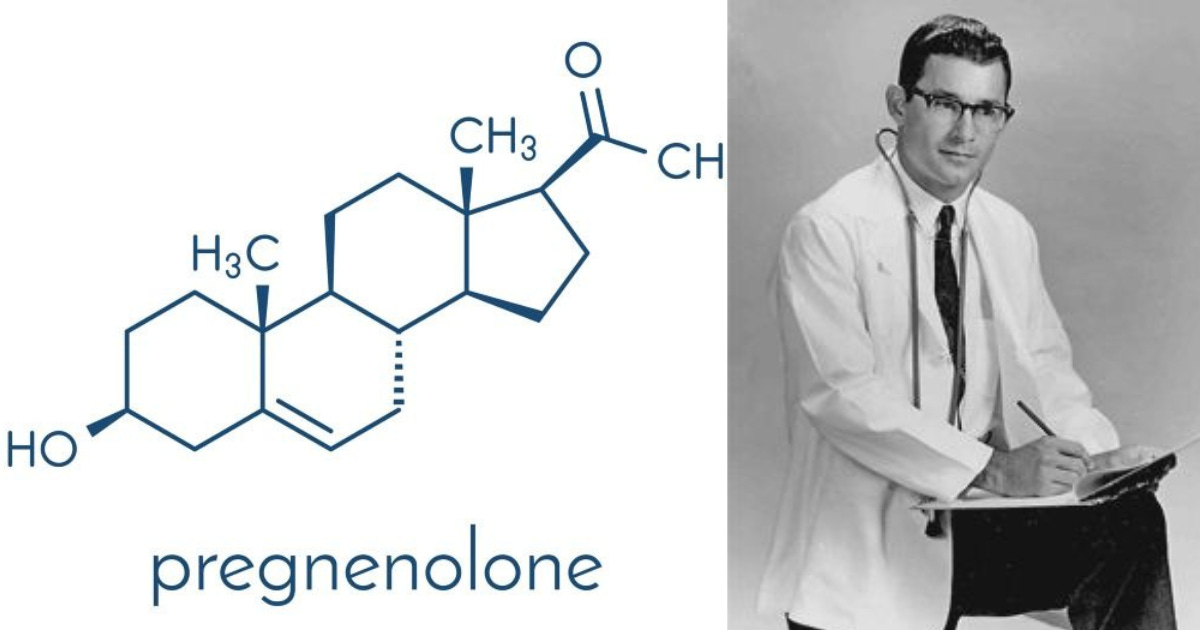
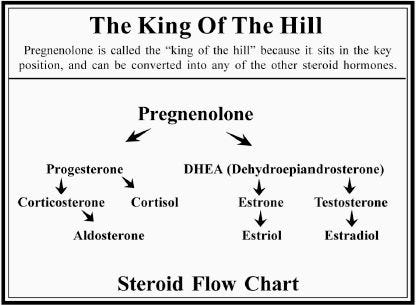
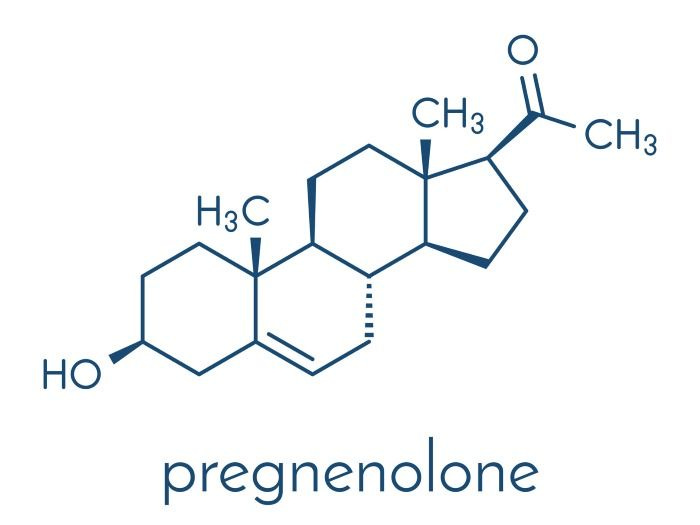
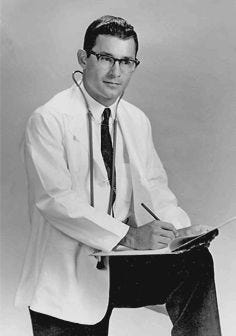
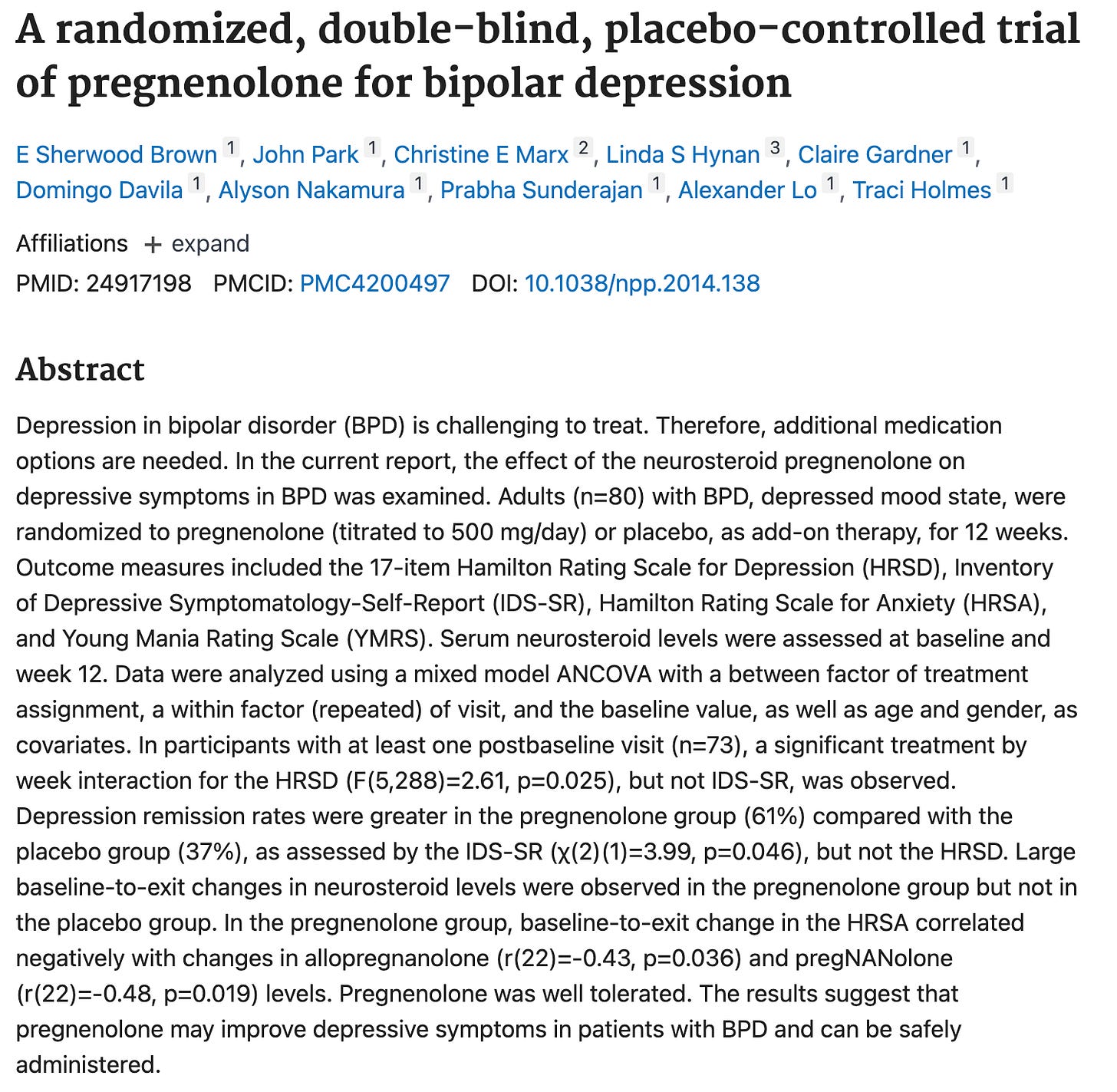
Most men don’t need pregnenolone supplementation, they need to fix the inputs that dictate its production: circadian alignment, micronutrient sufficiency, nervous system recovery, and toxin removal. Hormone panels often reveal downstream chaos that begins with lifestyle. Pregnenolone is a powerful tool, but the real win is making your body want to produce it.
Pregnenolone is fascinating because it’s upstream of everything. Unlike testosterone replacement, which forces one pathway, pregnenolone feeds the entire steroid cascade: progesterone, DHEA, cortisol, aldosterone, testosterone. The body decides allocation based on stress, light exposure, diet, and sleep. This makes it elegant for restoring balance and messy for clinical trials designed to isolate one outcome.